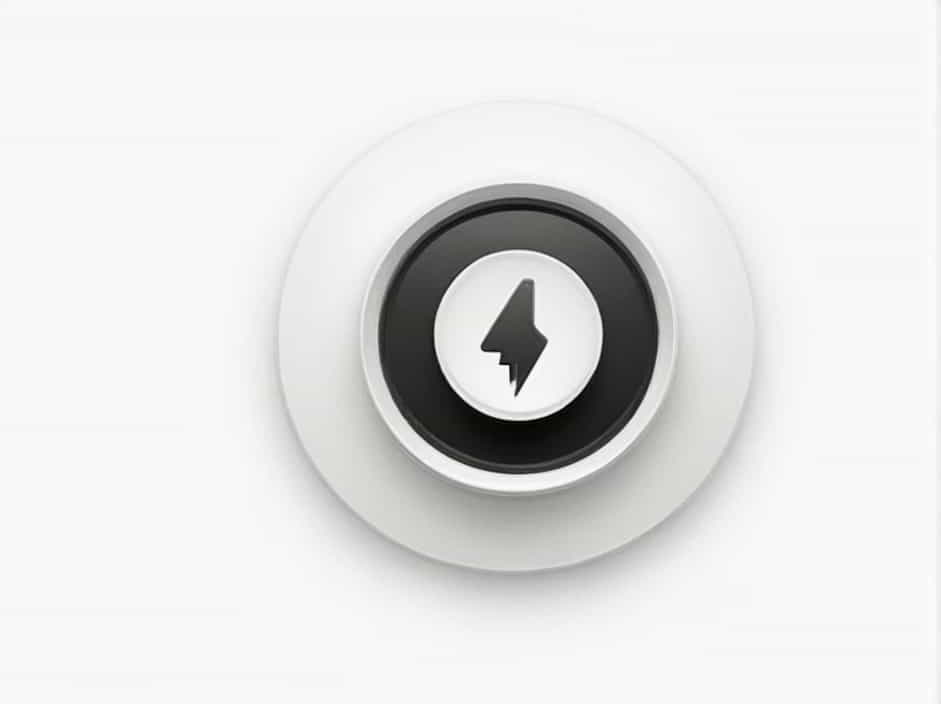Black mold is a common household problem that can pose serious health risks if not addressed properly. This type of mold, scientifically known as Stachybotrys chartarum, thrives in damp, humid areas and can cause respiratory issues, allergies, and other health problems.
Removing black mold requires the right approach, including proper cleaning methods, preventive measures, and ensuring adequate ventilation. This guide will walk you through how to get rid of black mold safely and effectively.
What Is Black Mold?
Black mold is a type of fungus that grows in moist environments. It is commonly found in areas such as bathrooms, basements, kitchens, and around leaking pipes. This mold produces spores that spread through the air, making it difficult to control once it starts growing.
While not all black mold is toxic, prolonged exposure can cause respiratory issues, skin irritation, and allergic reactions. People with asthma, allergies, or weakened immune systems are particularly vulnerable.
Common Causes of Black Mold Growth
1. Excess Moisture
Mold thrives in damp conditions. Leaks from roofs, windows, pipes, or poor ventilation can create the perfect environment for black mold.
2. High Humidity
Homes with poor airflow and high humidity levels above 60% are more likely to develop mold.
3. Water Damage
Flooding, condensation, and unnoticed water leaks saturate building materials, creating an ideal mold breeding ground.
4. Poor Ventilation
Lack of airflow traps moisture inside walls, ceilings, and floors, allowing mold to develop over time.
How to Identify Black Mold in Your Home
1. Visual Signs
Black mold appears as dark green or black patches on walls, ceilings, tiles, and wood. It often has a slimy or powdery texture.
2. Musty Odor
A strong, musty smell in damp areas like bathrooms, basements, or under sinks can indicate mold growth.
3. Health Symptoms
If you or your family members experience persistent coughing, sneezing, itchy eyes, or skin irritation, mold exposure may be the cause.
How to Get Rid of Black Mold Safely
1. Wear Protective Gear
Before cleaning black mold, protect yourself by wearing:
✔ Gloves (rubber or latex)
✔ Goggles (to prevent eye irritation)
✔ Mask (N95 or respirator to avoid inhaling spores)
2. Ventilate the Area
Open windows and doors to improve airflow and reduce mold spore concentration. Use fans and dehumidifiers to keep the space dry.
3. Use Natural Cleaning Solutions
a) White Vinegar
-
Fill a spray bottle with undiluted white vinegar.
-
Spray directly on the mold and let it sit for one hour.
-
Scrub with a brush and wipe clean with a damp cloth.
b) Baking Soda Solution
-
Mix one teaspoon of baking soda with water in a spray bottle.
-
Spray onto the moldy surface and scrub.
-
Wipe clean and reapply to prevent regrowth.
c) Hydrogen Peroxide
-
Use 3% hydrogen peroxide in a spray bottle.
-
Let it sit for 10 minutes before scrubbing and wiping clean.
d) Tea Tree Oil
-
Mix one teaspoon of tea tree oil with water in a spray bottle.
-
Spray onto mold and leave it to dry.
-
No need to rinse-tea tree oil kills mold spores and prevents regrowth.
4. Use Commercial Mold Removers
If natural remedies don’t work, use a mold removal spray or bleach solution (one part bleach to ten parts water). Avoid mixing bleach with ammonia, as it creates toxic fumes.
Preventing Black Mold from Coming Back
1. Control Humidity Levels
-
Keep indoor humidity between 30-50% using a dehumidifier.
-
Use exhaust fans in bathrooms and kitchens to remove moisture.
2. Fix Water Leaks
Regularly inspect pipes, roofs, and windows for leaks. Fix any water damage immediately to prevent mold growth.
3. Improve Ventilation
-
Open windows daily to allow fresh air circulation.
-
Keep furniture slightly away from walls to prevent trapped moisture.
4. Regular Cleaning and Maintenance
-
Wipe down damp surfaces regularly.
-
Use mold-resistant paints and primers in high-moisture areas.
-
Clean AC filters, ducts, and vents to prevent mold buildup.
When to Call a Professional for Black Mold Removal
If mold covers a large area (more than 10 square feet) or is deeply embedded in walls, ceilings, or air ducts, it’s best to hire a professional mold removal service.
Signs you need professional help include:
✔ Persistent mold despite repeated cleaning
✔ Mold spreading to multiple rooms
✔ Strong, musty odor that doesn’t go away
✔ Severe health symptoms like breathing difficulties or allergic reactions
Frequently Asked Questions About Black Mold
1. Is Black Mold Dangerous?
Yes, prolonged exposure can cause respiratory issues, allergies, and skin irritation, especially for people with asthma or weakened immune systems.
2. Can I Paint Over Black Mold?
No. Painting over mold does not remove it-the mold will continue to grow underneath. The affected area must be cleaned and treated before painting.
3. How Long Does It Take for Mold to Grow?
Mold can start growing within 24 to 48 hours in damp conditions. That’s why fixing leaks and drying wet areas quickly is crucial.
4. Will Mold Die If It Dries Out?
Mold becomes inactive when dry but doesn’t completely die. It can reactivate when moisture returns, so proper removal is essential.
5. Can Air Purifiers Help With Mold?
Yes, HEPA air purifiers can help remove airborne mold spores but won’t eliminate mold growing on surfaces.
Getting rid of black mold requires proper cleaning, moisture control, and prevention strategies. Using natural solutions like vinegar, baking soda, and hydrogen peroxide can effectively remove mold, while commercial mold removers may be necessary for severe cases.
Prevent mold from returning by controlling humidity, fixing leaks, and improving ventilation. If mold covers a large area or keeps coming back, it may be time to call a professional.
By following these steps, you can keep your home mold-free and protect your family’s health.
